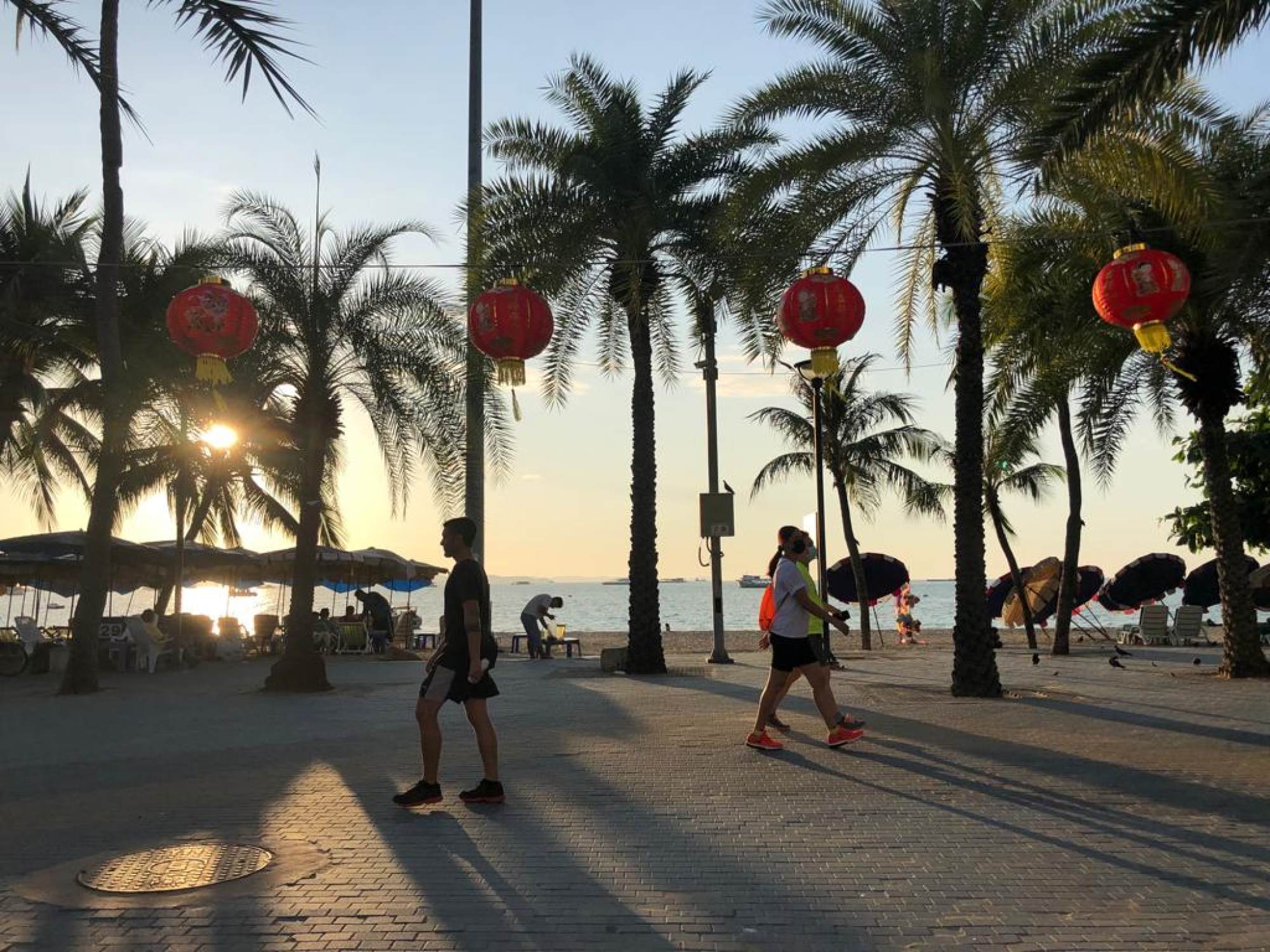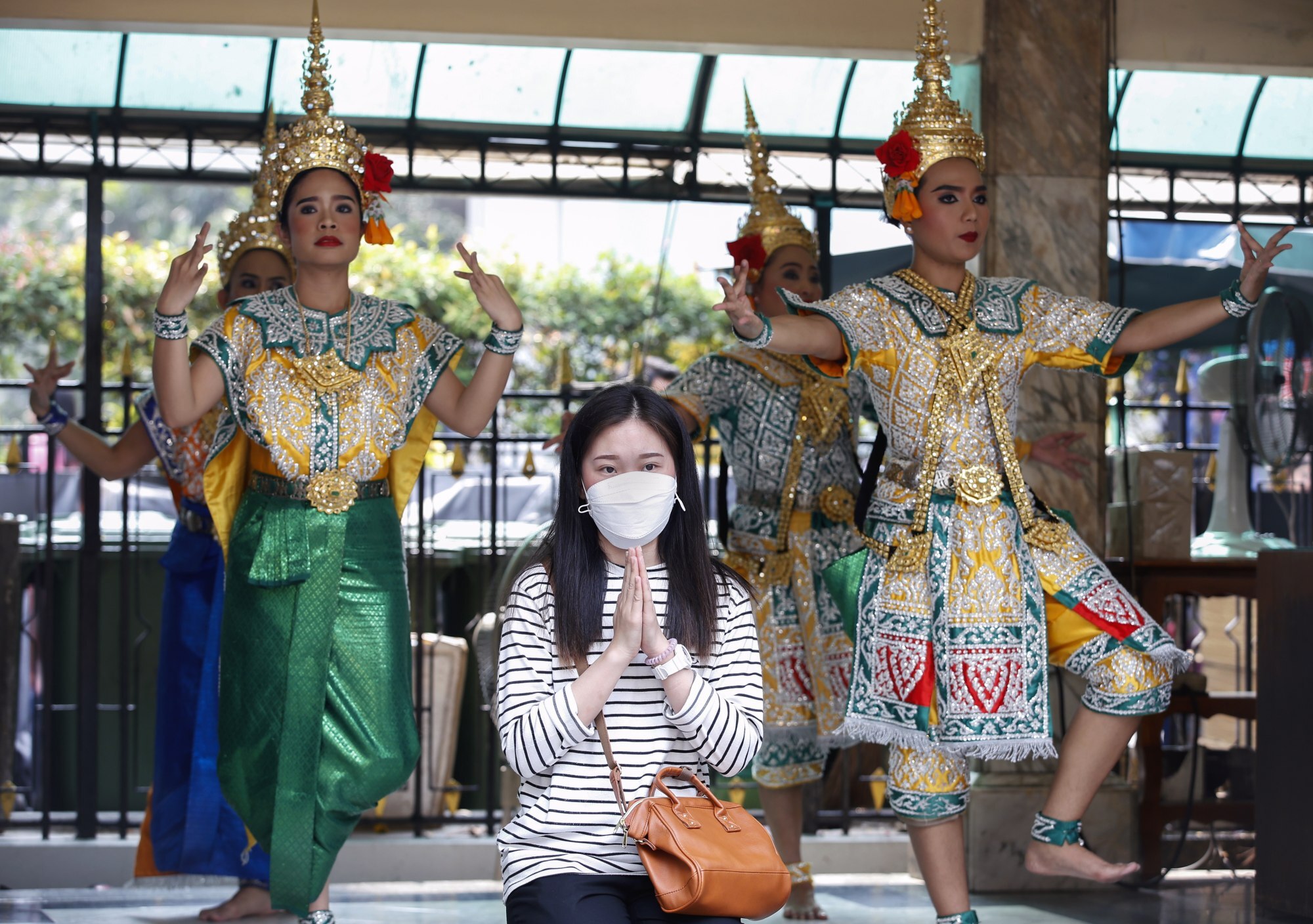
At Lunar New Year, Thailand pines for its missing Chinese tourists as Covid-19 keeps them away ahead of the Winter Olympics
- For the second year in a row, hotspots from Pattaya to Phuket and Bangkok have been starved of income as Beijing’s quarantine measures keep Chinese visitors away
- Some businesses have seen incomes drop 80 per cent. Pivoting to the local market offers some respite, but memories linger of the days ‘a lot of people here got rich’
From Koh Larn restaurants to cabaret shows in Pattaya – a 45 minute ferry ride away – Phuket resorts and Bangkok night markets, entire mini-economies constructed to tap what once appeared to be a bottomless pit of Chinese money have collapsed or been forced to pivot to domestic visitors.
“Since they’ve gone, we’ve lost 80 per cent of our income,” she said.
“But we can’t just wait for them to return,” said Sutthiea, whose restaurant opened six years ago specifically to cater to Chinese tourists and at its peak pulled between 500 to 1,000 diners a day.

One beach over, a pier used by Chinese package tours is empty and souvenir markets – some three floors high – built by Chinese entrepreneurs are now shells.
Instead, beach bars with live music and elegant canvas deck chairs have crept to life on a wide sand beach to cater to Thais who fill the island on weekends.
The challenge is to replace the volume of high-spending Chinese tourists with repeat visits by lower-income Thais as well as the other foreigners expected to pour back into the kingdom as worries over the Omicron variant fade.
“To attract Thais restaurants are turning to coffee shops with Instagrammable check-in spots, or a menu a little more fancy than the Thai classics dishes that the Chinese love,” Kajorndet Apichartrakul, the director of the Tourism Authority of Thailand in Pattaya said.

“Tourist businesses are still hopeful the Chinese will come back one day,” Kajorndet added.
“There were no real seasons with Chinese tourists, there were only more tourists during the Chinese holidays like the Lunar New Year and Golden Week.”
Southeast Asia’s second largest economy has felt the absence of tourists: GDP contracted by 6.1 per cent in the first year of the pandemic as borders shut, with government forecasts for the 2021 figure suggesting growth of just 1.2 per cent.
High food costs hit Lunar New Year festivities from Singapore to Thailand
Omicron stunted the hopes for a quick start in the first quarter this year, but there is still optimism that Thailand can return to growth by the end of the year, helped by an easing of restrictions on tourist entries.
But analysts say Chinese visitors are unlikely to return in significant numbers until at least 2023, with Beijing taking no chances with the virus.
Not everyone on Koh Larn misses Thailand’s biggest visitors.

Motorcycle taxi driver Sunthorn Homsin said the money spread around a little more evenly without the package tours and Chinese middlemen who took a cut from the speedboat operators, restaurants and shops in exchange for driving tourist traffic their way.
“Chinese money is spent with Chinese people … not much makes it back to ordinary Thais,” he said.
But even Koh Larn locals cut off from the main spenders on their island know someone who did well from mass Chinese tourism.
The Michelin Guide just put this ancient Thai city on the foodie map
“A lot of people here got very rich,” said 62-year-old Fa, grilling shrimp in a local night market.
“The absence of the Chinese affects us all. We want them back.”
